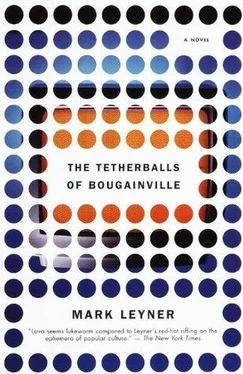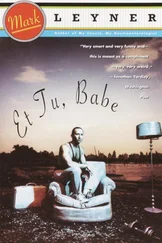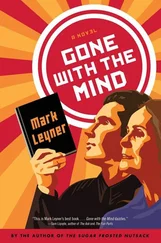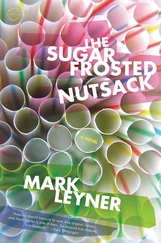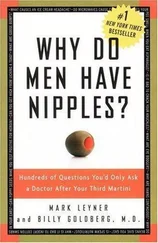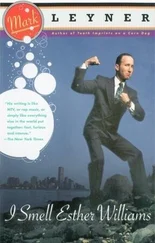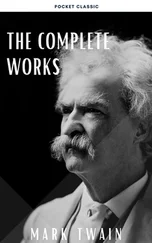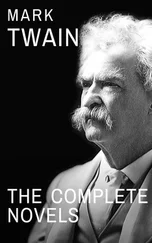The most celebrated lawsuit resulting from an NJSDE releasee’s death due to concomitant deliberate and inadvertent gross negligence involved the renowned signage copywriter Leonard Gutman.
Although most signage copywriters are unheralded, their work is among the most widely apprehended language-product in the world. The lay public is aware that copywriters are critical in the creation of brochures, direct mail, print ads, radio spots, television commercials, etc. And some advertising copywriters have even achieved celebrity status in this country, commanding salaries commensurate with Hollywood screenwriters and best-selling novelists. Most people, though, tend to disparage — or ignore altogether — the role of highly skilled copywriters in the creation of the text-driven signs that we see everywhere around us.
Len Gutman was not only considered technically virtuosic in his craft, he was deemed a visionary genius. In the course of his career, he garnered every significant award bestowed by his colleagues, and was ultimately designated a “Living National Treasure” by the American Signage and Display Association (ASDA). His work is so ubiquitous and prototypical that it smacks of the primordial, as if it’s somehow existed always , independent of human artifice.
Use Other Door —one of the very first signs that Gutman wrote as a young man — became an immediate classic. Gutman went on to write a stunning series of signs that fundamentally redefined our sense of public language, including: Out of Service, Visitors Must Sign In , and Push to Start . Then — in what is considered Gutman’s annus mirabilis —an astonishing burst of creative activity in which masterpiece followed masterpiece in astonishing succession: Do Not Enclose or Obstruct Access to Meter, Turn Knob to Right Only, Right Lane Must Turn Right , and the sublime Employees Must Wash Hands Before Returning to Work . (That same year, Gutman also co-wrote We Deliver, Totally Nude , and Void Where Prohibited.)
There’s an austere beauty to much of his work, pared down to its irreducible essence. In a famous television interview with Gutman late in his life, a critic is standing with him in front of a restaurant’s lavatories, admiring what is indisputably Gutman’s most popular, and arguably his finest, sign: Men .
They then move over to the distaff door.
“You didn’t write Women?” asks the critic.
“No, I wish I had,” Gutman smiles wistfully.
In contrast, there’s an almost rococo exuberance to some of his work— The Plinth Is Not Edible , for example, a sign Gutman wrote for an exhibition of halvah statuary at the Walker Art Center in Minneapolis.
Gutman was writing what would be his final and unfinished sign, Excuse Our Appearance, We’re —, when he suffered a severe coronary and was rushed by ambulance to a nearby hospital.
Unbeknownst to the EMS paramedics and hospital staff who ministered to him that afternoon, unbeknownst to his wife and children, unbeknownst to his dearest friends and his peers in the signage and display industry, Len Gutman was an NJSDE releasee.
As a result of a youthful indiscretion, Gutman had lived each day of his adult life with the specter of impending Discretionary Execution. Remarkably, though, graced by the vagaries of the NJSDE condemnation process, there was not to be a single attempt on his life until he was 78 years old.
That autumn evening at 9:00 P.M., at the Control Center in Trenton, Gutman’s social security number was factored into the NJSDE computer as it had been every day for the past 60 years, only this particular night — according to unsealed NJSDE records — it yielded the numerical sequence 94375—the four billionth to four billion and fourth decimal digits of pi — exposing Gutman to Discretionary Execution for the ensuing 24 hours. Ironically, on the afternoon of the following day — and as yet unrelated to any NJSDE activity — he suffered the aforementioned heart attack, and was wheeled into the emergency room in a state of cardiac arrest.
Gutman’s heart was in ventricular fibrillation. The cardiologist on call at the time, New Jersey native Dr. Richard Cuozzo, administered a precordial thump in an effort to mechanically stimulate Gutman’s heart and convert it to a normal rhythm. A precordial thump is a firm blow to the lower half of the sternum, delivered with a closed fist, from a distance of about 15 inches above the chest. Cuozzo gave Gutman two additional precordial thumps, all to no apparent effect. He then initiated external cardiac massage, in an effort to drive blood out into the pulmonary artery and aorta. With one hand placed over the other, Cuozzo positioned the heel of the bottom hand on the lower third of Gutman’s sternum and sharply depressed it, holding it down for a moment and then releasing. He performed some 60 massages per minute for approximately two minutes — again, to no apparent effect.
It was at this point that two NJSDE operatives — disguised as grossly negligent physicians assisting Dr. Cuozzo — placed external defibrillator paddles on Gutman’s chest and administered two shocks in rapid succession. The maximum charge for defibrillating a human heart is 300 to 350 joules. The disguised NJSDE agents used approximately 5,000 joules of electricity, delivering to Gutman a charge sufficient to jump-start a Winnebago. Then, leaving nothing to chance, they administered an intravenous injection of lidocaine, an anesthetic used as a ventricular antiarrhythmic, giving Gutman 20 grams, a lethal quantity some ten times the recommended dose.
Gutman, of course, died.
Early that evening, a hospital spokesman announced that Len Gutman had arrived at the emergency room suffering a heart attack and had expired as a result of deliberate and premeditated measures taken by NJSDE agents disguised as grossly negligent physicians, acting without the foreknowledge or complicity of Dr. Cuozzo or anyone else on staff. The media had no reason to question the veracity of the hospital’s account, and the story, along with Leonard Gutman, was seemingly put to rest.
Gutman’s wife and son, though, were not quite so credulous. Retaining the services of prominent medical malpractice attorney Irvin Wachtell, they initiated a private investigation, resulting in a disinterment and a new autopsy, and two months later they filed a $25 million wrongful death suit against the hospital and Dr. Richard Cuozzo, claiming that it was Cuozzo’s genuine gross negligence and not the feigned gross negligence of the NJSDE agents that resulted in Gutman’s death. Specifically, they charged that Cuozzo had used “egregiously excessive force,” causing “CPR-induced thoracic wall trauma and fatal injury to abdominal and thoracic organs.”
At the trial, a nuanced and often sympathetic portrait emerged of Dr. Richard Cuozzo.
“Richie’s a surf-and-turf kind of guy,” testified Cuozzo’s best friend, Victor Polumbo, a hospital maintenance man. “Not your typical cardiologist, y’know what I’m saying. He never talks down to you like the other doctors. He’s a good guy. A Rangers fan.”
A podiatrist, who’d been a fraternity brother of Cuozzo’s at medical school in Guadalajara, testified about his extraordinary ability to drink and parallel-park. “I been out with Richie where we’d be doin’ shots and beers all night, and I got a Lincoln Town Car, and Richie, he could put that car in a space where you get out and look and you go, there’s like no fuckin’ way he just did that.”
“He’s never too tired to spot for somebody,” testified a gym buddy.
“He’s fun, y’know what I mean?” said OR nurse Sheri Hildebrand. “The other doctors, they’re so serious all the time. Richie, he can always make you laugh. Even when he loses a patient, he can immediately say something funny, and, y’know, you just forget about it.”
Читать дальше
